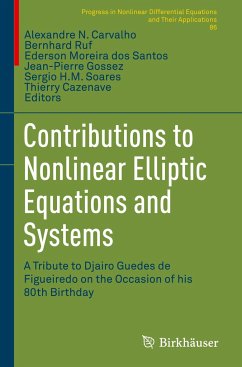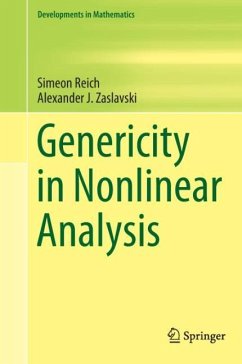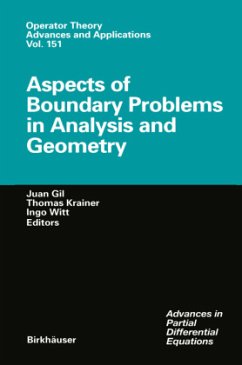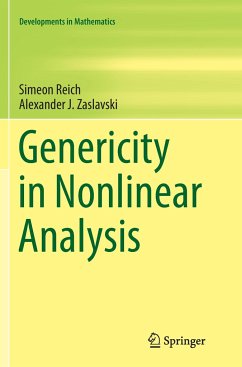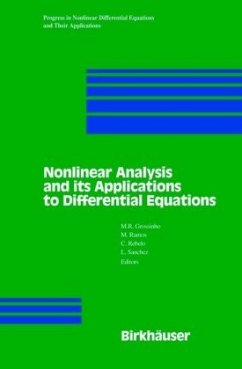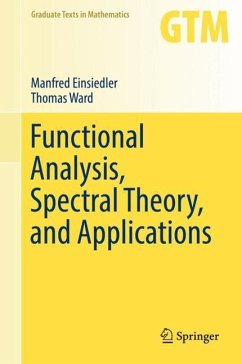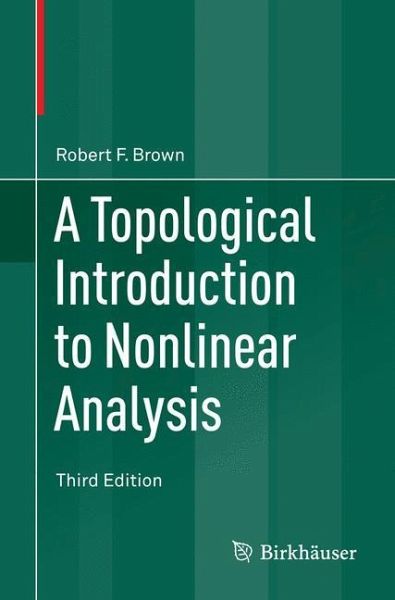
A Topological Introduction to Nonlinear Analysis

PAYBACK Punkte
25 °P sammeln!
This third edition is addressed to the mathematician or graduate student of mathematics - or even the well-prepared undergraduate - who would like, with a minimum of background and preparation, to understand some of the beautiful results at the heart of nonlinear analysis. Based on carefully-expounded ideas from several branches of topology, and illustrated by a wealth of figures that attest to the geometric nature of the exposition, the book will be of immense help in providing its readers with an understanding of the mathematics of the nonlinear phenomena that characterize our real world. In...
This third edition is addressed to the mathematician or graduate student of mathematics - or even the well-prepared undergraduate - who would like, with a minimum of background and preparation, to understand some of the beautiful results at the heart of nonlinear analysis. Based on carefully-expounded ideas from several branches of topology, and illustrated by a wealth of figures that attest to the geometric nature of the exposition, the book will be of immense help in providing its readers with an understanding of the mathematics of the nonlinear phenomena that characterize our real world. Included in this new edition are several new chapters that present the fixed point index and its applications. The exposition and mathematical content is improved throughout. This book is ideal for self-study for mathematicians and students interested in such areas of geometric and algebraic topology, functional analysis, differential equations, and applied mathematics. It is a sharply focusedand highly readable view of nonlinear analysis by a practicing topologist who has seen a clear path to understanding. "For the topology-minded reader, the book indeed has a lot to offer: written in a very personal, eloquent and instructive style it makes one of the highlights of nonlinear analysis accessible to a wide audience."-Monatshefte fur Mathematik (2006)




